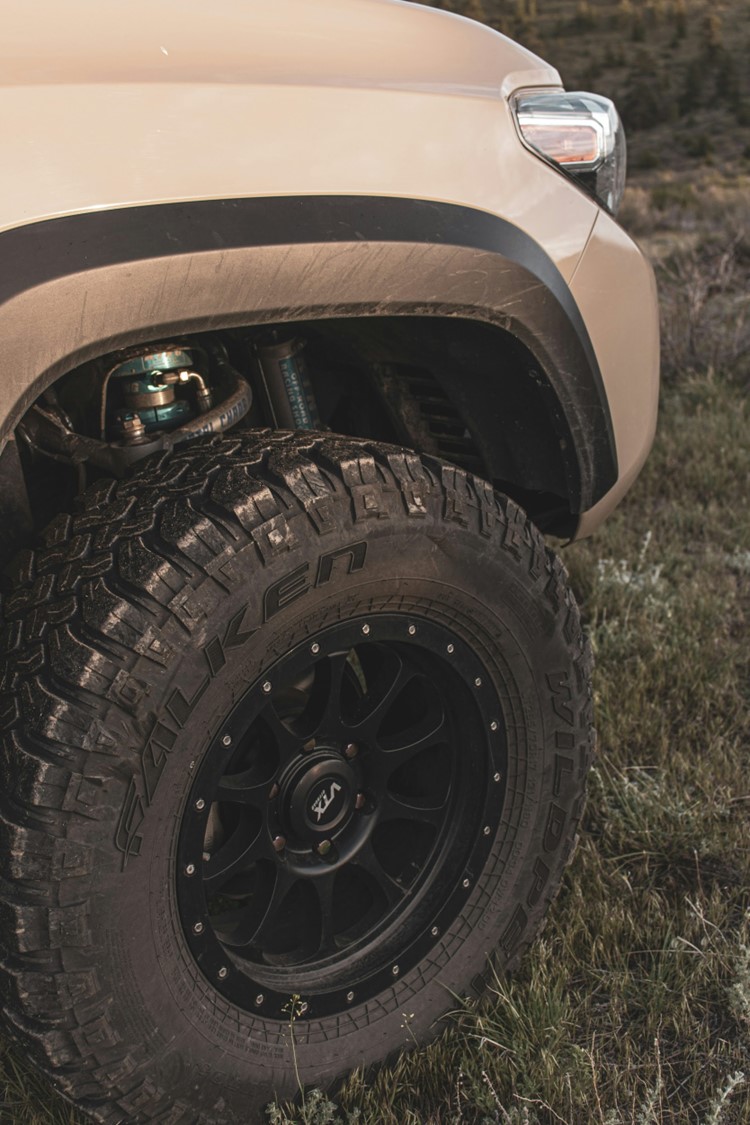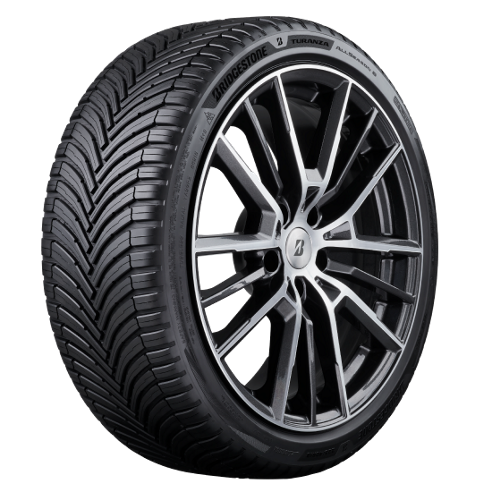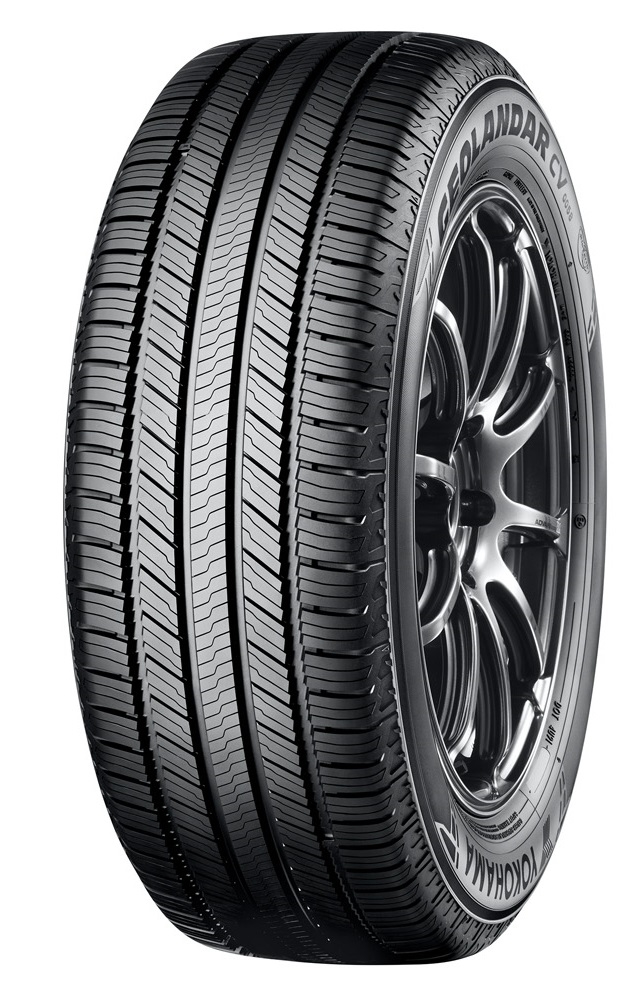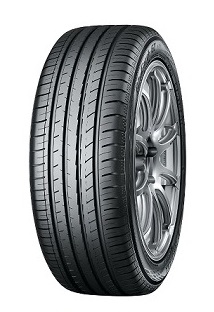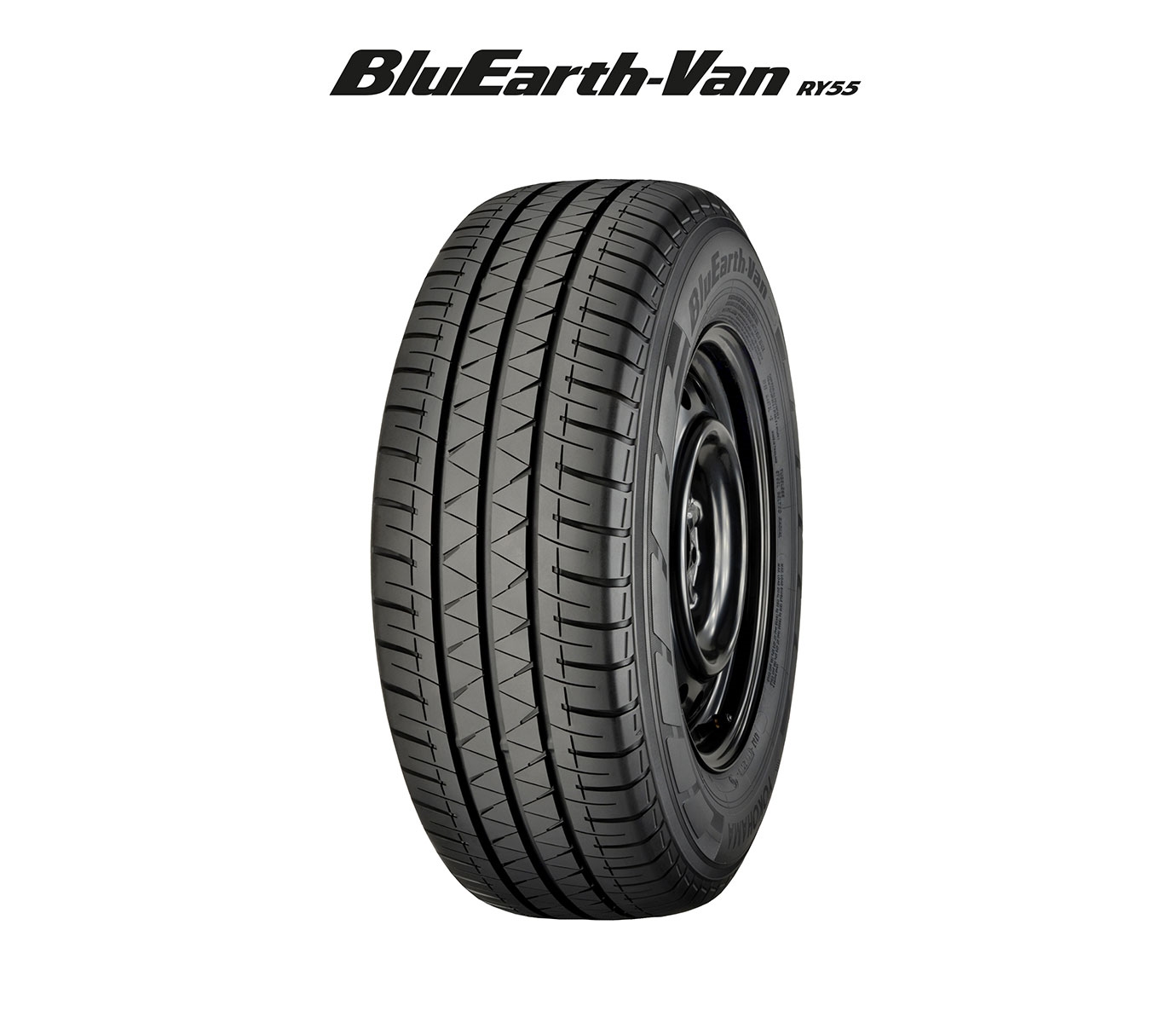Tyres are often overlooked but are integral to driving safely and efficiently. They represent the only linkage between your vehicle and the road, so tyres impact handling, braking, and fuel economy. However, environmental conditions, which continue to change drastically, significantly affect tyre performance. Climatic conditions — with temperature differences and precipitation—and road features—from smooth highways to rough terrain—have much to do with how well the correct set of tyres works.
The importance of choosing the right tyres
Choosing the wrong tyres for driving conditions has huge ramifications. Poorly chosen tyres will definitely compromise any vehicle’s handling during emergency manoeuvres, increasing stopping distances and thereby increasing the potential for an accident. At the same time, incorrect tyres can alter fuel efficiency, which will cause you to spend more at the gas pump.
Knowing the effects of climate and road surfaces on tyre choice could be a rich asset if someone changed their career to something more highly specialised like truck driving. Those looking for sponsored truck driver vacancies might drive across climates and road types ranging from scorching deserts to mountain passes. The right tyres for these kinds of conditions are very critical to the safety, fuel efficiency, and optimal vehicle performance of their vehicles. So, keep in mind when searching for a suitable driver vacancy on an aggregator site such as Jooble.
Understanding the climate’s impact on tyres
High temperatures affect performance. The air gets hotter inside your tyres, making the pressure build up. Underinflation in sweltering conditions can also cause overheating of underinflated tyres, leading to failure. Overinflated tyres will reduce traction and uneven wear and provide a harsher ride. Following the correct pressure recommended by your vehicle maker will help you achieve far better performance and safety during the summer. Some tyre compounds are designed for the development of heat and to provide better traction in high temperatures.
Moreover, in cold weather tyres face further problems. The air inside your tyres contracts when the temperature goes down, lowering the tyre pressure. Underinflation in freezing conditions can decrease a tyre’s grip on the ground, increase stopping distances, and increase wear. Frequent checking of tyre pressures is necessary during winter months. In addition to this, winter tyres also have a softer compound of rubber that remains fluid in low temperatures, which, combined, provides a better grip on snow and ice.

